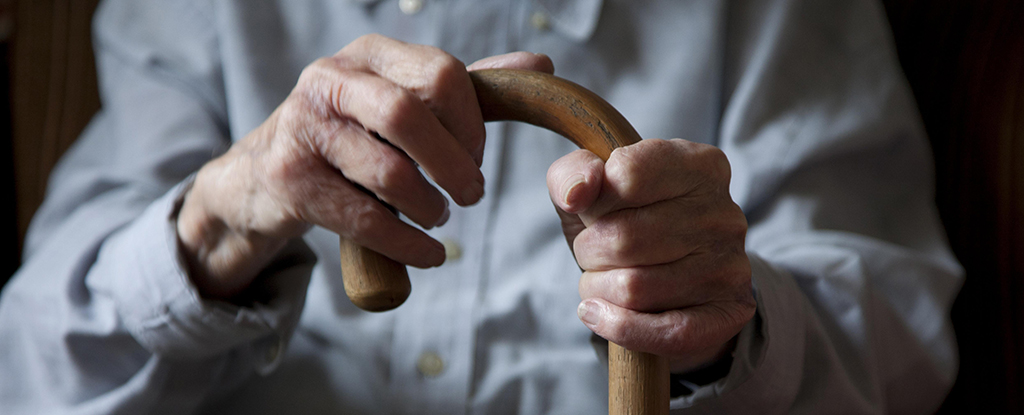
A recent study has identified a protein named ReHMGB1 as a significant factor in the aging process, highlighting its ability to spread cellular damage throughout the body. Conducted by researchers from Korea University College of Medicine, this groundbreaking research provides crucial insights into how aging signals can travel via the bloodstream, affecting overall health.
ReHMGB1, an abbreviation for reduced high mobility group box 1, triggers cellular senescence, a state where cells become permanently inactive. This protein not only affects cells in its immediate vicinity but also sends harmful signals across the body, particularly following injuries or illnesses. The authors of the study emphasize the importance of understanding why the number of senescent cells increases with age, stating, “An important question in aging research is why senescent cells increase with age.”
The implications of these findings could be significant. If scientists can find ways to block or control the signals from ReHMGB1, it may be possible to slow the decline in cellular function associated with aging. According to Ok Hee Jeon, a biomedical engineer at Korea University, “This study reveals that aging signals are not confined to individual cells but can be systemically transmitted via the blood, with ReHMGB1 acting as a key driver.”
In their research, the team analyzed various human cell types in laboratory conditions and conducted tests on mice. They discovered that blocking the transmission of ReHMGB1 in mice with muscle injuries led to faster muscle regeneration and improved physical performance. The mice also exhibited fewer signs of cellular aging and reduced systemic inflammation.
The researchers plan to explore how to disrupt this aging signal pathway further, aiming to keep it localized. Such interventions could minimize the detrimental health issues commonly associated with aging. “By blocking this pathway, we were able to restore tissue regenerative capacity, suggesting a promising strategy to treat aging-related diseases,” Jeon added.
While ReHMGB1 plays a critical role in signaling cellular decline, it also serves essential functions in the body, such as alerting systems to damage and indicating when repairs are necessary. Any potential intervention must consider these beneficial aspects.
As populations globally continue to live longer, understanding the complex factors contributing to aging is more crucial than ever. From environmental influences to genetic predispositions, numerous elements shape our lifespan. The research team notes that by delving deeper into these factors, we can better manage aging and potentially extend life.
“Building on current research in these areas will be essential to understanding the therapeutic potential of redox-sensitive HMGB1 in aging-related diseases and its role as a systemic mediator of senescence,” the researchers concluded in their paper published in the journal Metabolism.
These findings represent just one piece of the puzzle in the multifaceted process of aging. As research evolves, the potential to mitigate the effects of aging through targeted interventions remains an exciting frontier in medical science.






